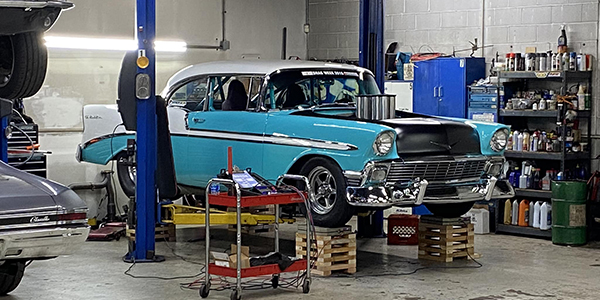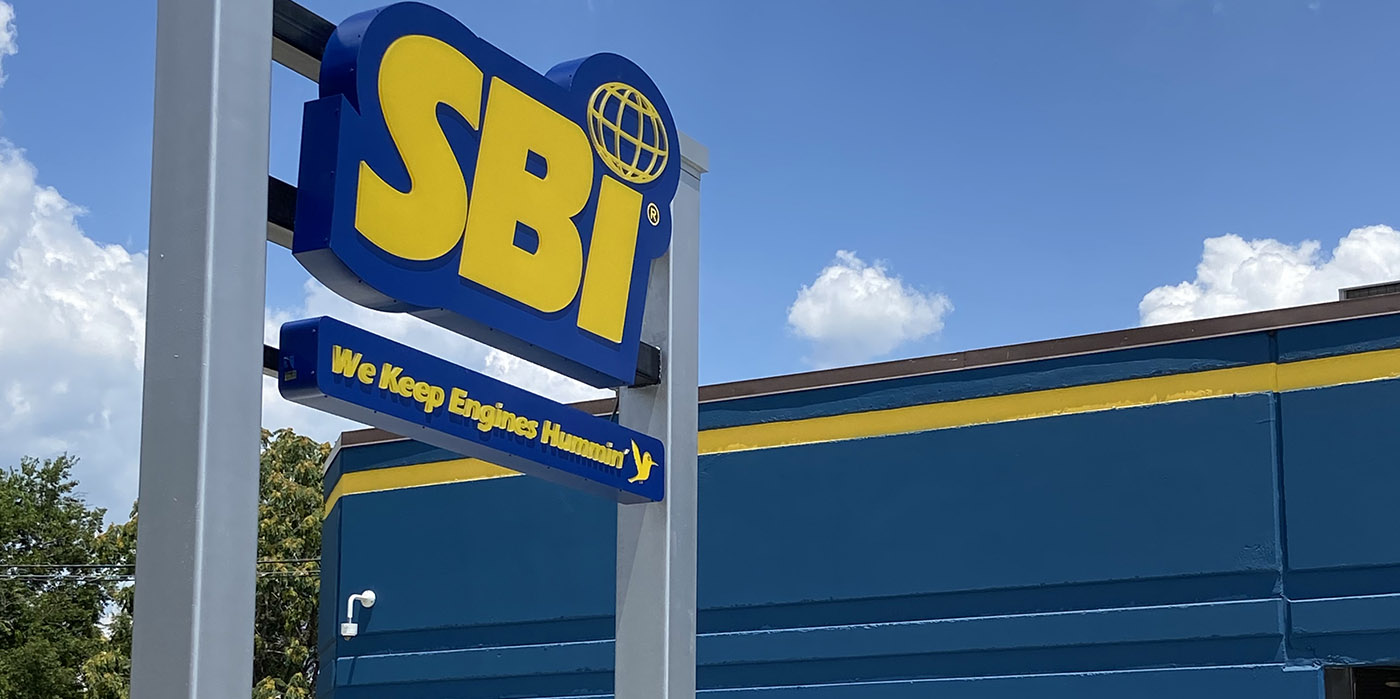I’ve had complaints of a strange rattling noise on some 4.0L Rover engines, any ideas?
The AERA Technical Committee offers the following information regarding rocker arm noise on 1997-2001 4.0L Rover engines. Customer complaints of a rattling/tapping noise from the engine have been found to originate from the rocker shaft area. The noise may result from a hardened push-rod cup not being secured in the rocker arm.
To resolve this type of condition update the valve train with the revised rocker assembly. Replace all rocker arms manufactured prior to date code ’00’ with new rocker arms having a date code ’00’ or above (Such as ’01’ See Figure 1). Revised components are available using p/n 602154 for the LH rocker arm and p/n 602153 for the RH rocker arm.
Chart 1:” Range Rovers with these VIN codes may need the rocker arms replaced”,
Figure 1 & 3
Caution: only rocker arms with date codes ’00’ or later may be used to repair valve train noise; discard all other rocker arms. Use of early production rocker arms may result in a recurrence of the problem.
Why is there a hole drilled through the crankshaft on LS1 and LS6 engines?
The AERA Technical Committee offers the following information regarding the rear crankshaft oil plug and pilot bushing for 1997-2005 GM 5.7L VIN G & S engines. These high performance engines are also known by their LS1 and LS6 RPO codes.
These engines use a unique crankshaft design that when installed it allows for free air movement between the lower crankcase portions. To facilitate that function the crankshaft is drilled from the rear centerline toward the front, passing through the rear four main journals. The hole created in doing so must be sealed with a cup style plug to prevent oil from leaking externally.
Depending on the engine application, a pilot bushing (p/n 14061685) is required for vehicles with standard transmissions. This bushing is 1.0940″ (27.790 mm) on the bronze outside diameter and houses a steel needle bearing assembly inside. It is also important on all applications that the previously mentioned cup plug is installed to a depth of 1.228?-1.240? (31.2-31.6 mm) as shown in Figure 3.
For information on receiving all of AERA’s regular monthly technical bulletins and other association services and benefits, call toll free 888-326-2372 or send an e-mail to [email protected]. AERA’s Web site is www.aera.org.


